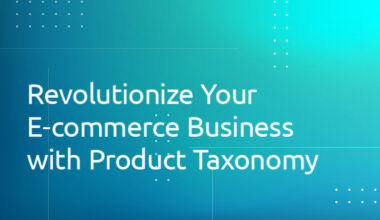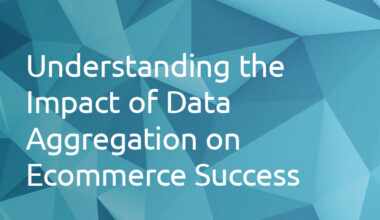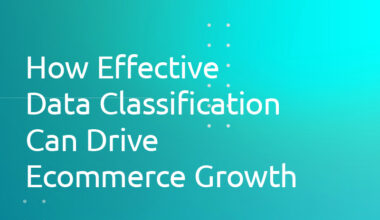The ecommerce sector is no longer simply thriving; it’s dominating. From solo entrepreneurs launching their brand stores to conglomerates taking advantage of online marketplaces, ecommerce platforms have become ubiquitous. At the heart of this flourishing industry is a core tenet that makes or breaks online retail: Data. However, mere data acquisition isn’t the magic wand; it’s how the data is classified that unlocks untapped potential. Let’s explore how data classification is redefining e-commerce.
Understanding Data Classification in Ecommerce
Data classification is the process of organizing data into distinct categories or classes, based on shared qualities or characteristics. For ecommerce businesses, this entails sorting a vast amount of user data, product data, transactional data, and more into structured sets for better usability and efficiency.
How Data Classification Enhances Ecommerce
1. Personalized User Experience: By classifying customer data based on their preferences, purchase history, and browsing behavior, businesses can offer more tailored shopping experiences. Whether it’s recommending similar products or customizing the website’s layout for a particular user, classification plays a pivotal role.
2. Optimized Marketing Strategies: When customer data is well-classified, businesses can segment their audience more effectively, allowing for targeted marketing campaigns. From personalized email promotions to strategically placed ads, classification paves the way for ROI-driven marketing.
3. Streamlined Inventory Management: Product data classification ensures products are systematically categorized, simplifying inventory management. This process aids in quickly identifying which items are fast-selling or stock-depleting, leading to smarter restocking decisions.
4. Enhanced Security Measures: Classifying data also means identifying sensitive information. Ecommerce businesses deal with a plethora of customer information, including payment details. By classifying such data as high-priority, businesses can enforce stricter security protocols, ensuring safer transactions.
5. Data-driven Decision Making: With well-organized data, ecommerce platforms can derive actionable insights more efficiently. From gauging product performance to assessing marketing campaign efficacy, data classification empowers businesses with knowledge.
Implementing Effective Data Classification in Ecommerce
1. Automate Where Possible: Given the volume of data ecommerce platforms generate, manual classification is impractical. Leveraging machine learning and AI tools can automate the classification process, ensuring accuracy and efficiency.
2. Regularly Update Classification Protocols: The ecommerce landscape is fluid. As such, the criteria for classification today might be obsolete tomorrow. Periodic reviews and updates to the classification system are crucial.
3. Prioritize Data Privacy: While classifying customer data, it’s paramount to ensure that privacy regulations, such as GDPR or CCPA, are strictly adhered to. Anonymize or pseudonymize data wherever possible.
4. Collaborate with Experts: Consider collaborating with data scientists or hiring in-house specialists to design and maintain a robust classification system. Their expertise can be invaluable in navigating the complexities of data.
As ecommerce continues its upward trajectory, businesses will find themselves swimming in deeper data pools. The ones who will emerge successful are not just those who gather data but those who classify it effectively. Data classification, thus, is not merely an operational process; it’s the driving force that will shape the future of ecommerce. By harnessing its power, businesses can refine their strategies, optimize operations, and, most importantly, enhance customer satisfaction — propelling them to the zenith of online retail success.
Learn more about product data classification and its importance here.
 1.416.619.5349 Ext.325
1.416.619.5349 Ext.325 







